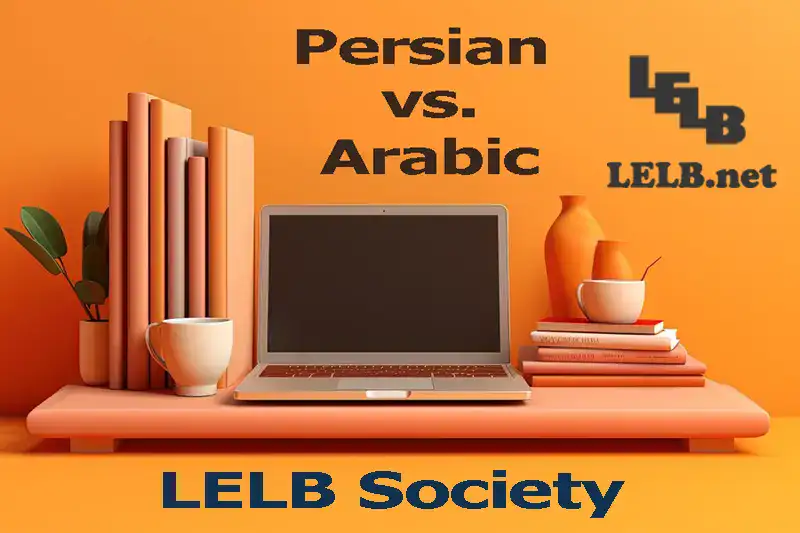Competence
Competence corresponds to the I-language (Internal Language).
Competency is the speaker/hearer’s knowledge of his language. It’s an abstract version of knowledge.
Competency is independent of situation. It represent what the speaker knows in the abstract.
The different types of competence are: grammatical competency, linguistic competency, communicative competency, pragmatic competency,
- Communicative Competency:
- Discourse Competency: The ability to produce a unified spoken or written text in different genres using cohesion in form and coherence in meaning.
- Grammatical Competency:
- Interactional Competency: writers with a particular interest in the social context of speech and how communication is understood and constructed in a specific context have concentrated on developing the concept of ‘interactional competency’ (Fulcher & Davidson, 2007). It focuses on how individuals interact as speakers and listeners construct meaning in what has been called ‘talk-in-interaction’. The origin of interactional competence can be traced to Kramsch (1986), who argued that talk is co-constructed by the participants in communication, so responsibility for talk cannot be assigned to a single individual. The chief insight is that in communication, most clearly in speaking, meaning is created by individuals in joint constructions (McNamara, 1997). This is part of the theoretical rationale for the use of pair and group modes in the testing of speaking (Fulcher, 2003).
- Linguistic Competency:
- Pragmatic Competence: Pragmatic competence is defined as the acceptability of utterances within specific contexts of language use, and rules determining the successful use of language within specific contexts. Pragmatic competence is therefore broken into two further components. Illocutionary competence concerns the performance of language functions, as described by Halliday (1973), and speech acts (Austin, 1962).
- Sociolinguistic Competency: It is defined as the sensitivity to, or control of the conventions of language use that are determined by the features of the specific language use context; it enables us to perform language functions in ways that are appropriate to that context (Bachman, 1990, p. 94). The components that are identified in sociolinguistic competency are ‘dialect and varieties’ and ‘differences in register’.
- Strategic Competency:


